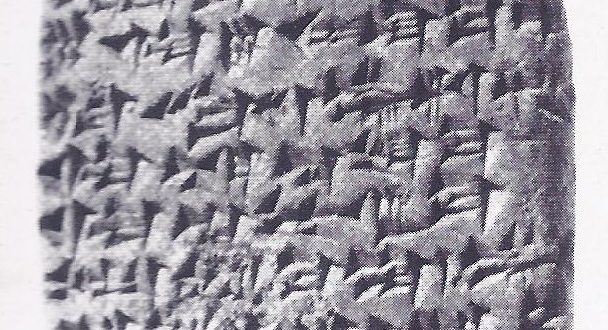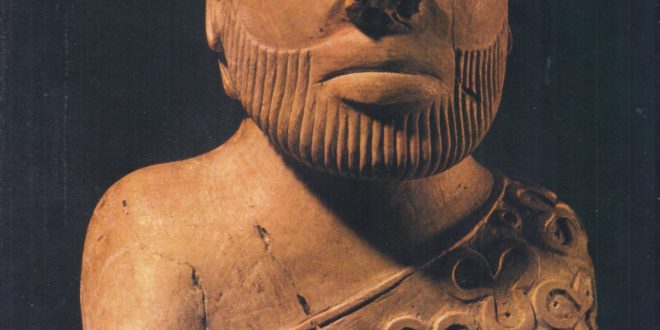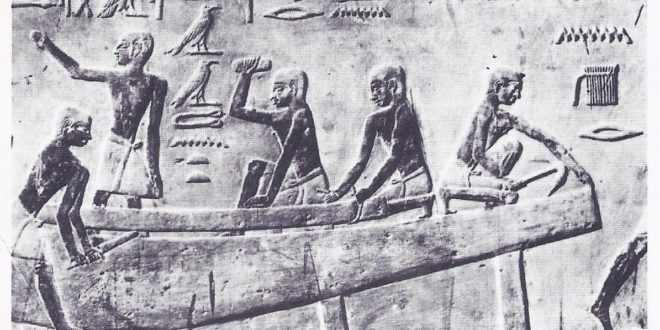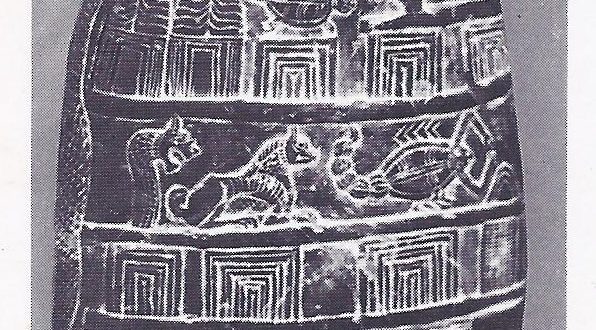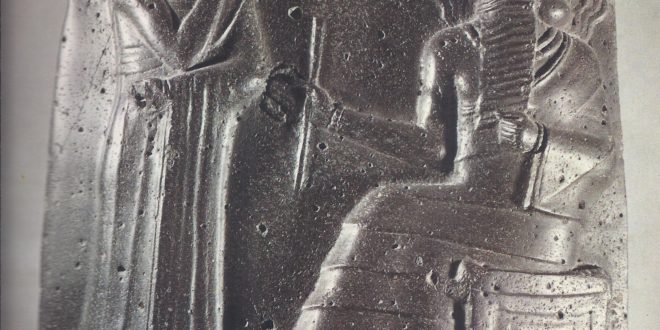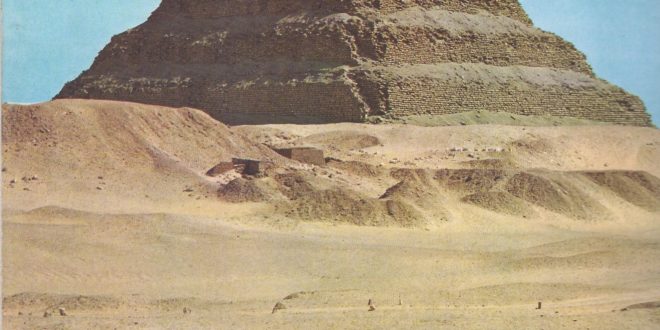Although the Exodus of the “children of Israel” from Egypt is rightly to be regarded as one of the greatest milestones in human history, in the context of the age in which they lived it must have seemed a very small, even trivial event. The Egyptians themselves would have regarded it as just one more tiresome episode in a constantly recurring situation. For centuries the bedouin tribesmen of Sinai and south Palestine had been permitted from time to time to bring their flocks to the fringes of the fertile Delta in search of pasture; whenever there was famine on the steppelands, the cry would go around, “There is corn in Egypt!” From time to time, when the nomads, grown numerous, sought to move farther in and settle, the army of Pharaoh would be sent to expel them from the borders once more. They had outstayed their welcome. Statues at Abu Simbel Archaeology has not yet provided any material remains that could throw light on the story of the sojourn in Egypt and of the Exodus. Circumstantial details contained in the narrative, however, and our knowledge of the wider history of the age, suggest that Joseph and Moses fit best into the context of the Nineteenth Dynasty, when the residence city of the Pharaohs was not Thebes or Memphis, but Pi-Ramesses in the eastern Delta, probably that same city called “Raamses” which the Hebrews are said to have helped to build. The Pharaoh of the Exodus in that case is likely to have been Ramses II, who founded this new city and embellished it with fine buildings and gardens. Egyptians harvesting corn The Reign of Ramses II Ramses II is one of the most impressive figures in the whole history of the ancient Near East. His long reign of sixty-seven years …
Read More »
